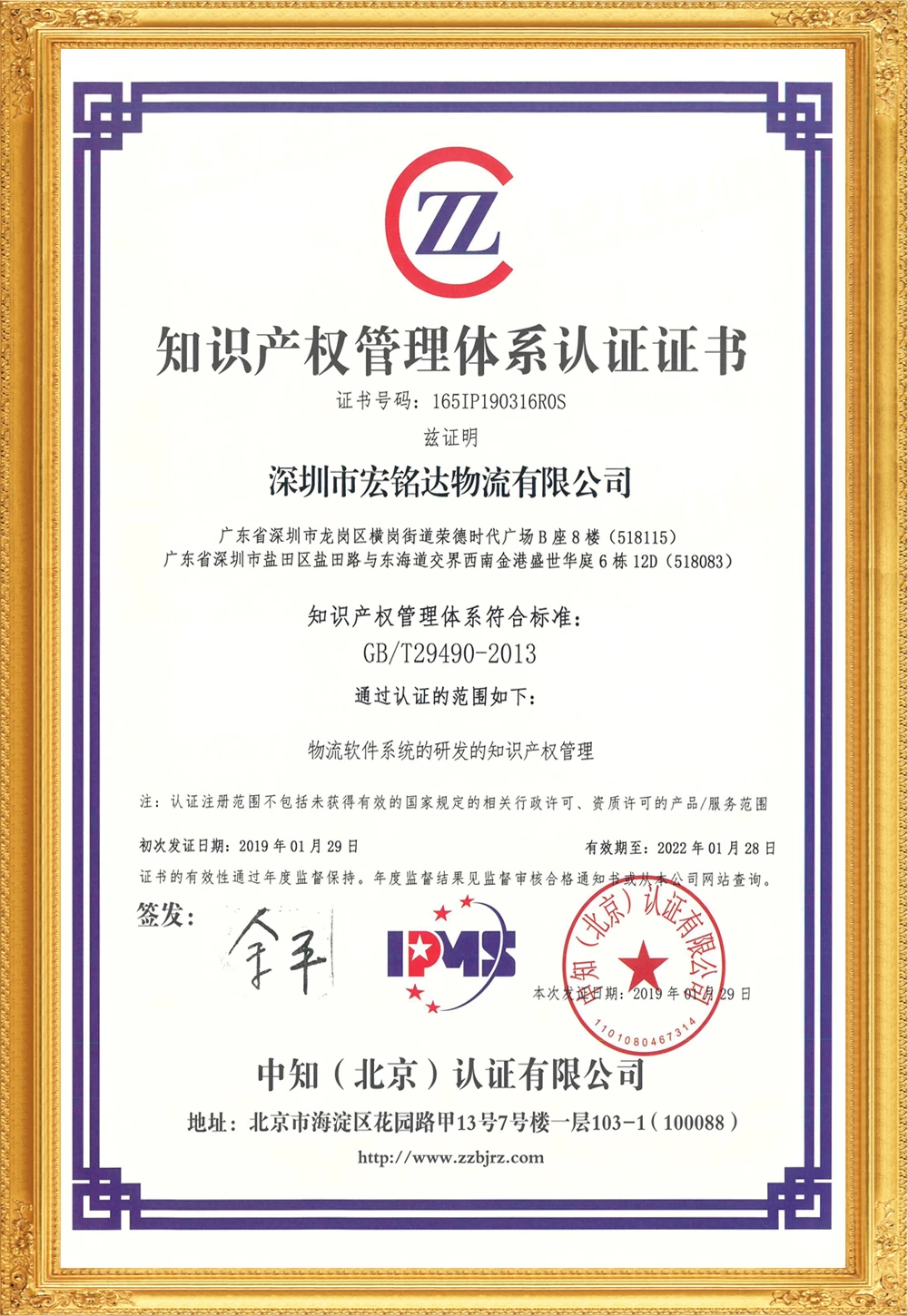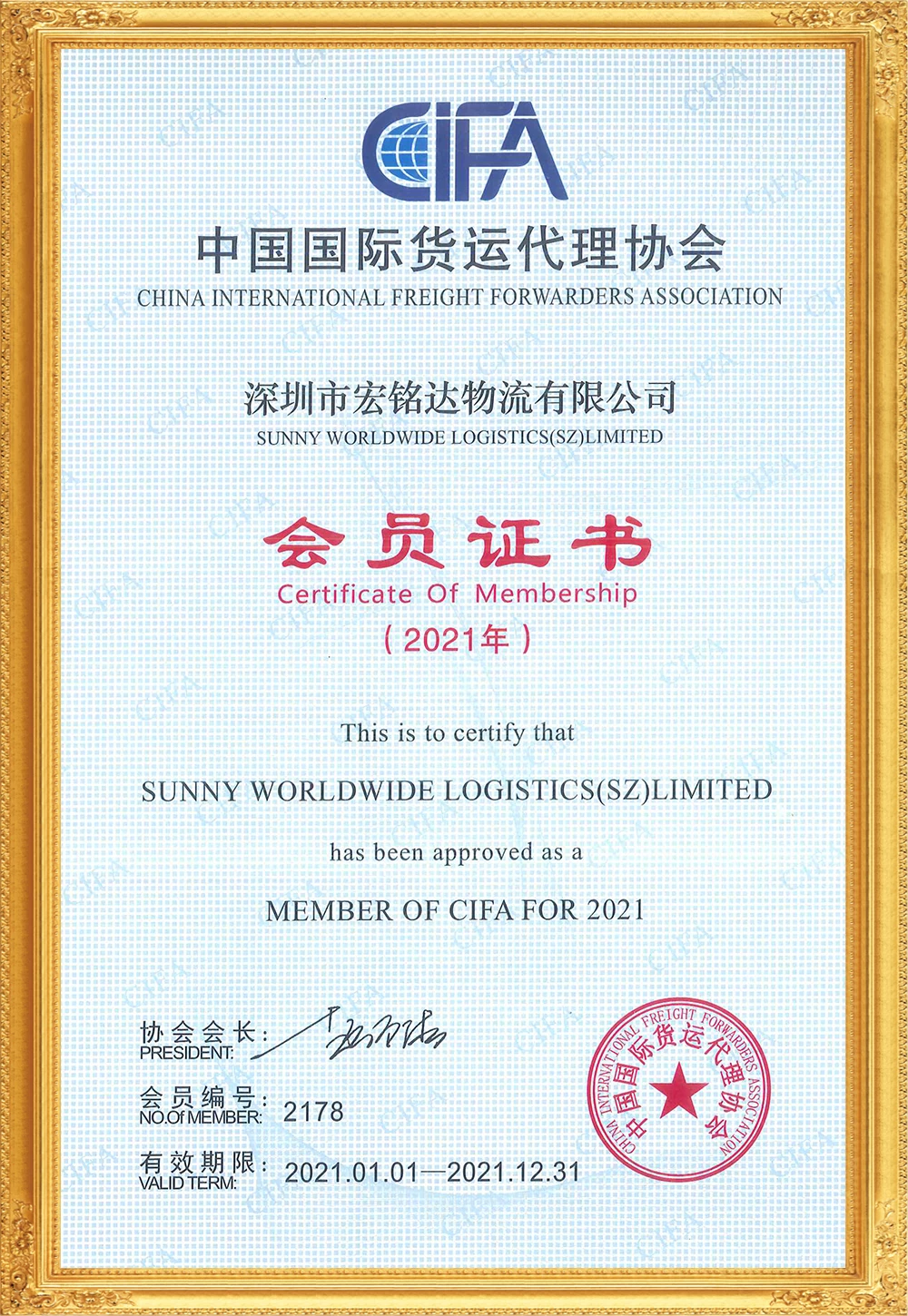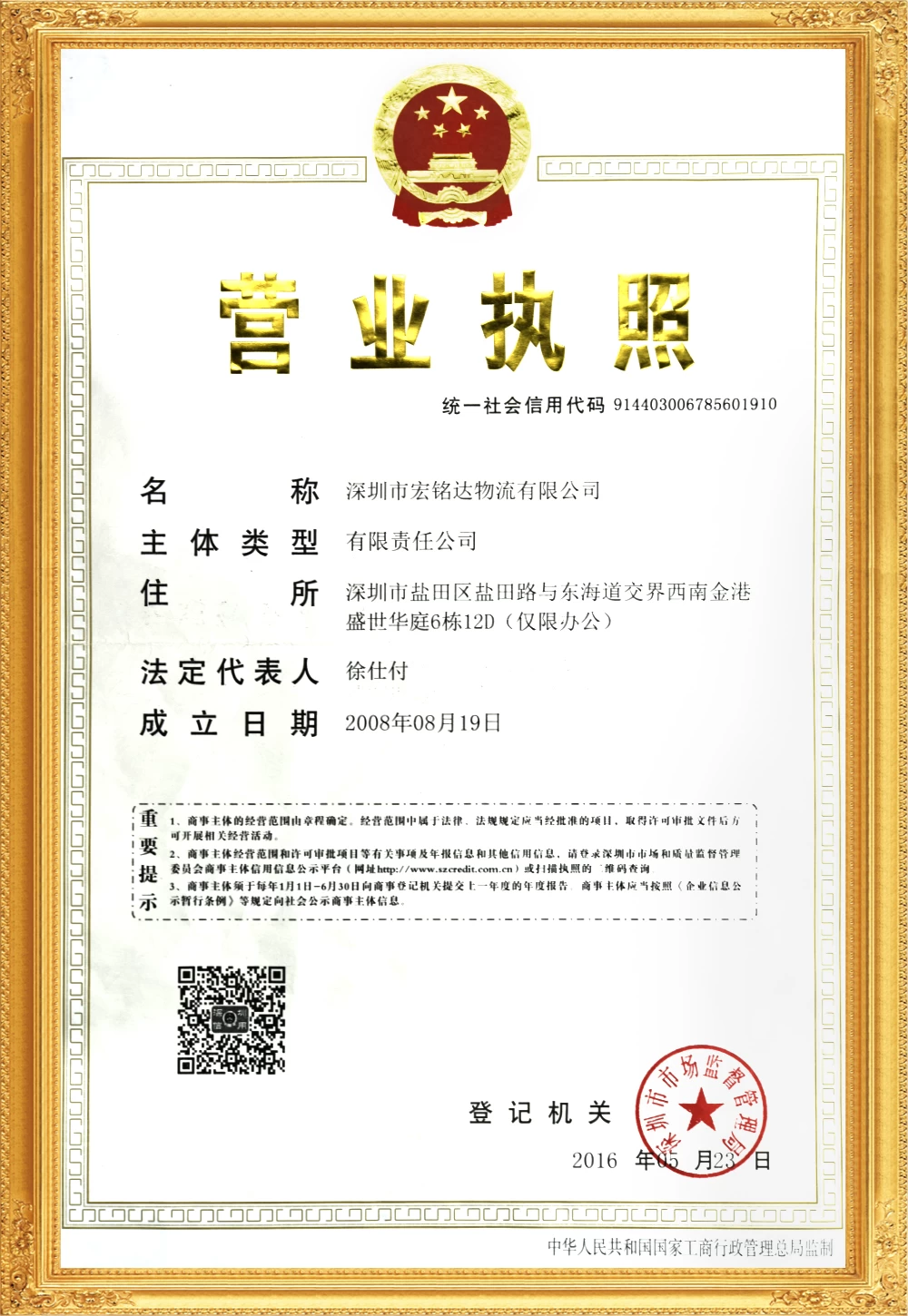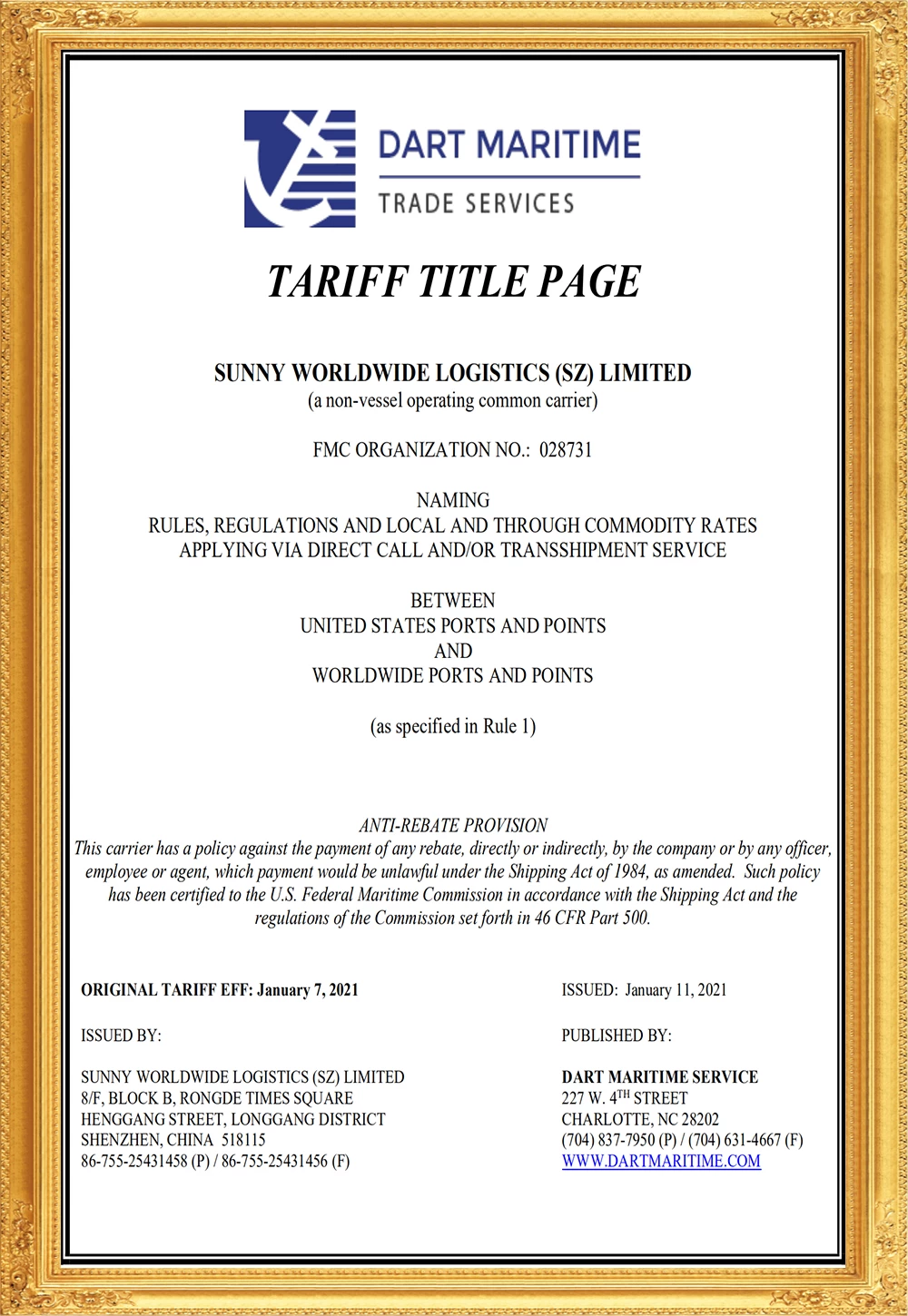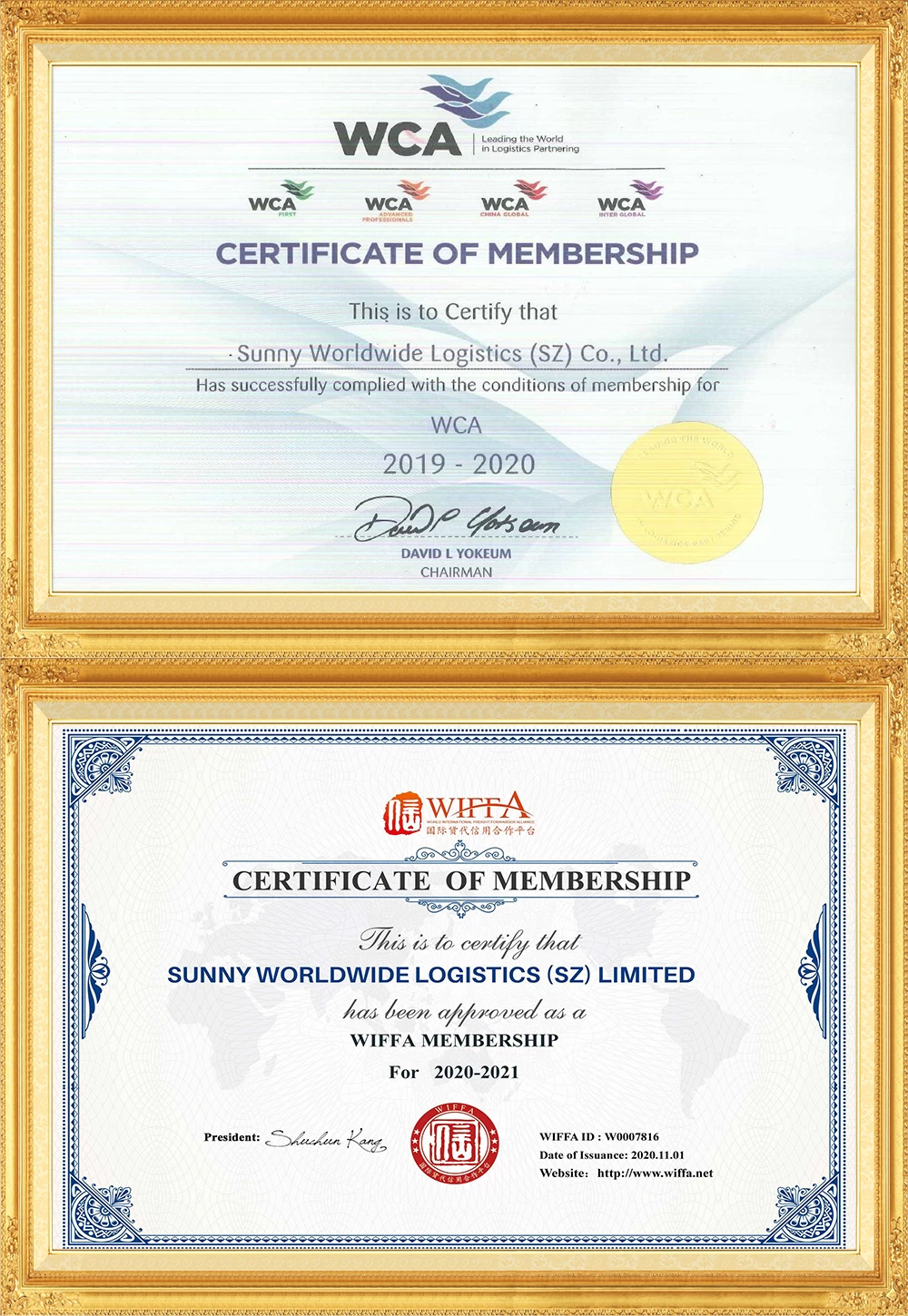How long will it take for the freight to return to normal levels? 18 to 30 months
It is reported that some organizations have calculated and analyzed that after experiencing the supply chain bottleneck and record high freight rates during this period, it may take 18 to 30 months for the freight to return to normal levels.
Recently, Sea-Intelligence, a global supply chain industry research and analysis, data and consulting service provider, has analyzed the cyclical changes in the China Export Container Freight Index (CCFI) in the past 23 years to understand if historical freight rates are used as a guide, the current shipping How long does it take for fees to return to normal levels.
In the figure below, Sea-Intelligence uses CCFI's data from 1998 to 2019 to determine 5 freight rate decrease intervals (red mark) and 5 freight rate increase intervals (green mark). On this basis, Sea Intelligence conducted an analysis separately.
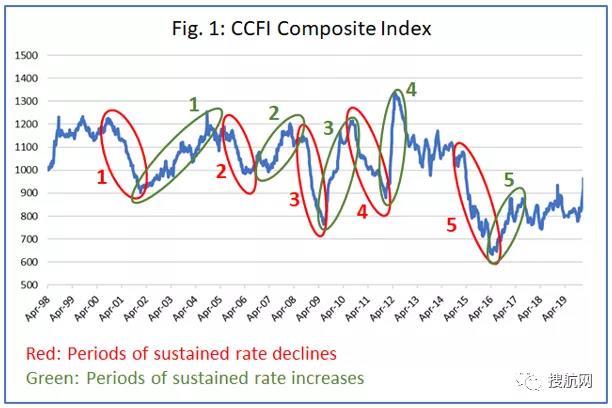
Source: Sea-Intelligence.com, Sunday Spotlight, issue 540
According to Sea-Intelligence's calculations, based on the average weekly decline percentage in 5 decline cycles, the weekly decline of the CCFI index is between 0.4% and 0.9%, and the average weekly decline is 0.6%.
However, there is another question: what is the normal shipping rates level? The CCFI base period index is set at 1000 points, and the CCFI index of 1000 represents the normal freight rate. Sea Intelligence pointed out: "The current freight index is 69% higher than the normal freight index."
During the 2008-2009 global financial crisis, freight rates fell at the fastest rate of 0.9% per week. If this rate of decline is applied to current freight rates, it will take 18 months to return to normal. If the current rate of decline in freight rates is comparable to the average weekly rate of decline (0.6%) in the five decline cycles, it will take 26 months for freight rates to return to normal.
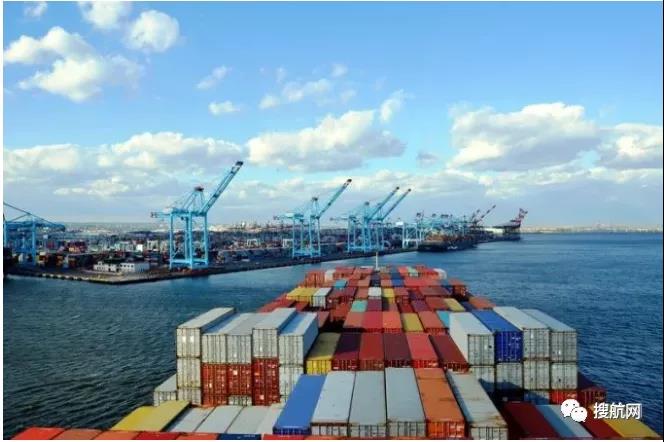
In addition, Sea Intelligence also calculated the average weekly rate of increase in the five freight rate increase cycles, and the result was 1.1%, which means that the coefficient between the increase and decrease is 1.8, that is, the weekly increase in freight tends to be higher than the decrease 80%. Since the current freight level has been rising continuously for 17 months, it will take 30 months for the freight to return to the normal level.
Previously, some participants in the container shipping market believed that the current tight market and high freight rates may continue until 2023, or even 2024, because most new ships will begin to be delivered by then, and more capacity will be injected into the market.
High freight rates have caused consumer prices to rise sharply, particularly hitting low-value products
On Thursday, the United Nations Conference on Trade and Development (UNCTAD) warned in a report that between now and 2023, if container freight rates continue to rise, global import prices may rise by 11% and consumer prices by 1.5%.
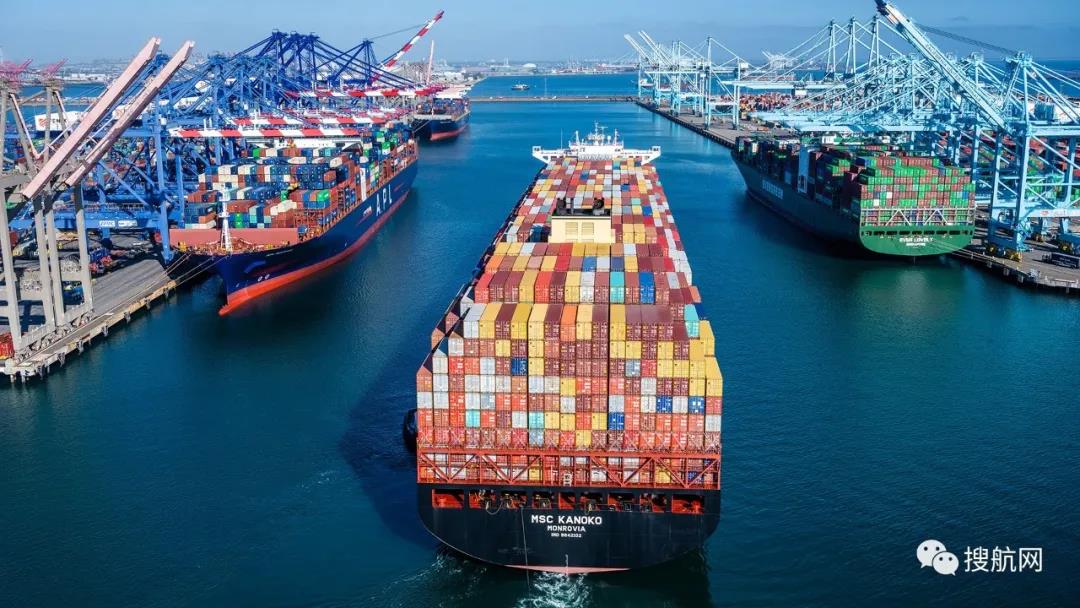
The United Nations consulting agency pointed out in its 2021 annual shipping report that consumer prices will rise sharply before the supply chain of major trade routes is unblocked, and high freight rates inhibit the prospects for global economic recovery in the short to medium term.
UNCTAD said that high freight rates have hit low-value commodities particularly severely. The production of low-value commodities is often scattered in low-wage economies far away from major consumer markets.
UNCTAD predicts that the global consumer prices of these products will rise sharply this year: commodities such as furniture, textiles, clothing and leather products will rise by 10.2%; rubber and plastic products will rise by 9.4%; pharmaceutical products and electrical equipment will rise by 7.5%; motor vehicles will grow 6.9%; machinery and equipment increased by 6.4%.
"Usually in shipping, freight has a relatively small impact on the price of goods, but at the current record level of freight, the freight may be two-thirds of the value of the goods shipped." Trade Logistics Division, UNCTAD Technology and Logistics Division Long Jan Hoffmann said.

















